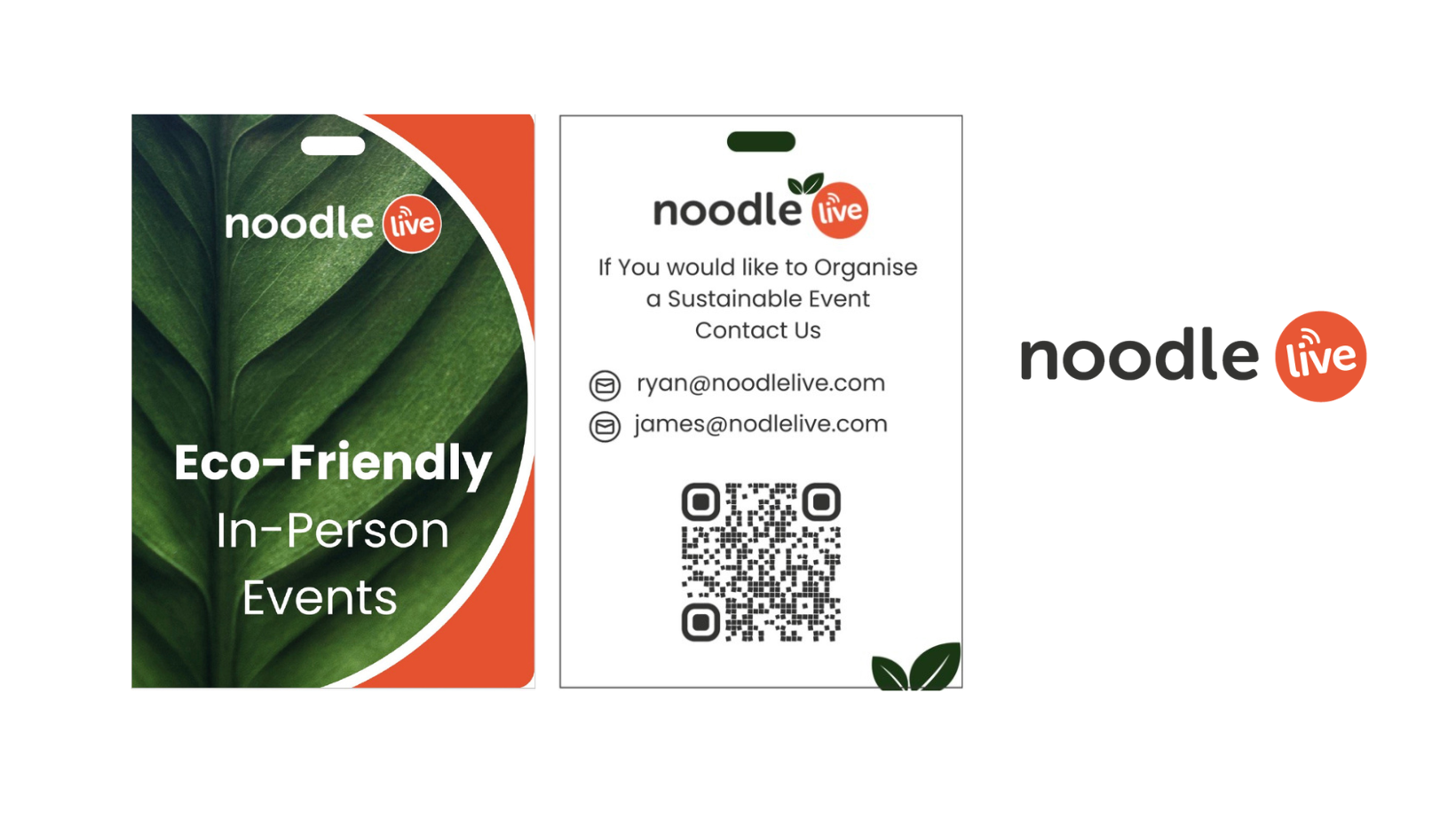Event data! It may not seem like the most interesting topic in the events industry, but it’s going to become an increasingly important part of any event environment as the role of event tech grows and #EventProfs get more and more savvy about measuring the success of their live events.
At Noodle Live, we recently wrote an ebook about all things data, from data transfer and metrics, to GDPR and how it will impact the industry. Since publishing the ebook, we’ve received a few questions about the role of an API in data transfer. We’re never ones to turn down a chance to talk about all things event data (we bloomin’ love the stuff – is that weird?), so we thought, hey, let’s talk all things API and CSV!
What is an API?
API stands for Application Programming Interface. You may never have heard of them before, but the chances are, you use them regularly. APIs are the tech that is activated every time you order from a restaurant, book a flight or shop online. They’re the hidden heroes of the digital world, helping to safely transfer data from one system to another.
APIs allow two systems to talk to each other so that they can share data sets. In the case of an event, that could be anything from an attendee list to a list of people who have registered their interest in a specific exhibitor.
You could use an API to pair your event app with a pre-registration system, so there is no need to send data manually between the two. API’s can act like language translators. When the data moves between the two systems, it is in a language that they can understand. This data can then be translated and read at both ends of the API. Using an API is fast, secure and efficient and is great for use at a live event where you are processing large data sets and need several users to be able to access the data at any one time.
What About CSV Files?
CSV files can be really useful for data transfer. They’re great for storing smaller, easier to manage sets of data that needs to be read and interpreted instantly by your staff. For example, door lists, expected session attendees or lists of potential sales leads are perfect examples of data that can easily be stored on a spreadsheet for fast, easy to interpret access. Just remember that any data files should be encrypted before being sent across any public wifi service.
So How do I Know When to Use an API or a CSV?
API’s are great, but they can be costly to implement, so if they’re not necessary, a CSV file may be a smarter option.
In reality, you only need to consider an API if there is a particular driver or reason to do so. For example, you might want to allow delegates to use their event app to create personalised schedules throughout the day, in which case the data would be changing regularly and API could help you to keep everything up to date in real time. If you’re hosting a dinner for 150 people and registrations close a week in advance, an API probably isn’t necessary – a much less costly CSV upload could do the job just as well.
In a dream world, everything would be API integrated, but the reality is that APIs require stringent testing and will significantly add to the cost of your event tech. There has to be a use case that would make it worth your while to opt for API over CSV.
Data Transfer Case Studies: API or CSV
In our data ebook, we looked at some classic live event case studies to give a better idea of when you should opt for an API, and when a CSV would do just as well.
Scenario:
You are running a trade show where there is no official closing time for registrations. People may well register online on the day of the show even after the event has opened.
API or CSV?
In this case, the data sets are likely to change throughout the day and you will need to keep the registration desk up to date and ready to welcome everyone, even if they only registered 5 minutes ago. In order to ensure that you are handling the data securely and providing real time updates, an API would be worth the expense. This means your event app or online registration system could send data directly to the registration desk without the need for a manual update.
Scenario:
You are running an invitation only event for less than 100 people. RSVPs have been requested and you will not be using event tech anywhere apart from the registration desk.
API or CSV?
At this event there is a definite set of data that will be available before the event gets started. There are unlikely to be many real time changes to the data set. As a result, a carefully handled CSV file will be much easier to implement and more cost effective.
Scenario:
You are running a multi-location event and need to share data across locations in real time. The data is likely to change regularly throughout the day.
API or CSV?
There is a real need to share real time data and ensure all of your systems are up to date and coherent, so an API is worth the extra investment.
Want to learn more about data transfer and data measuring for events? Take a look at our ebook to learn everything you ever wanted to know about lovely jubbly data (and probably more than you wanted to know too. We really do love the stuff! Can’t stop talking about it. Yeah, that is weird isn’t it?)


